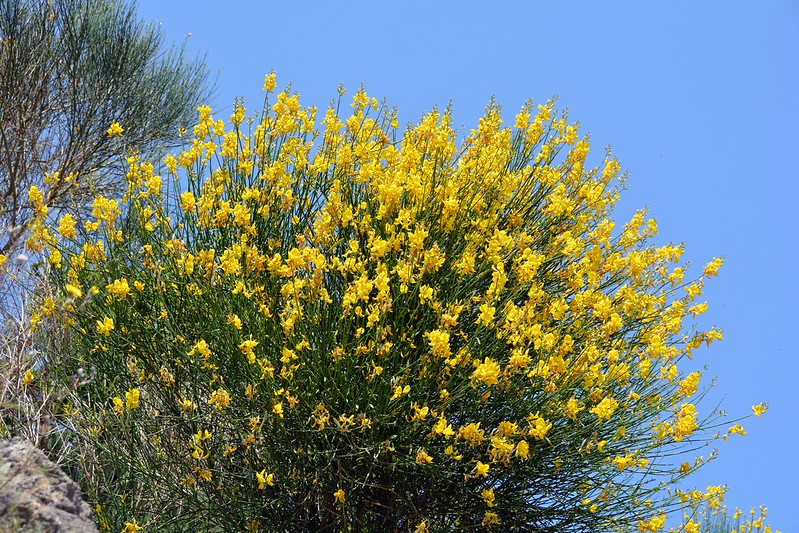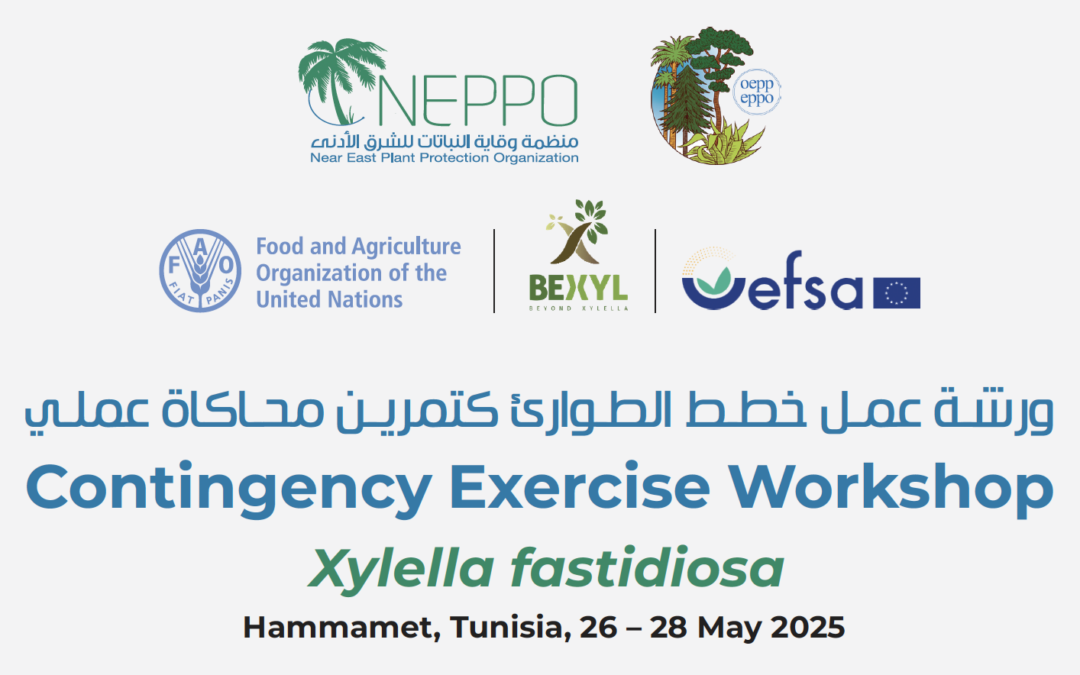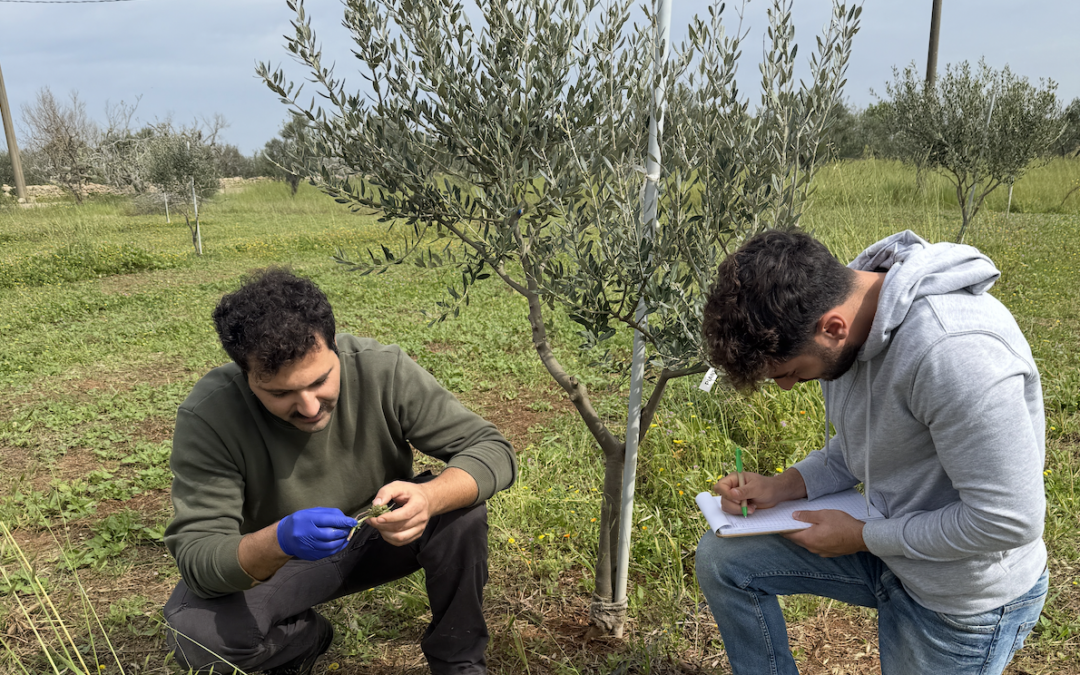In early July, the Plant Health Service of the Directorate-General for Agriculture and Livestock of the Region of Extremadura in Spain reported the presence of Xylella fastidiosa, subspecies fastidiosa, in a wooded area of Valencia de Alcántara, close to the border with Portugal.
The regional government of Extremadura activated the eradication programme. Following the contingency plan of the Ministry of Agriculture, the authorities have established infected and buffer zones where they are removing infected and susceptible plants and treating insect vectors with insecticides.
The local authorities detected the pathogen on five plants of ecological value in a forested area. The infected plants are: two rockroses (Cistus sp.), a common broom (Cystisus scoparius), a black broom (Cytisus villosus), and a Spanish lavender (Lavandula stoechas).
So far, no infections have been detected in olive and oak trees in Extremadura. The surveillance and prevention measures put in place after the last detections in Portugal were key to allowing this rapid response.








